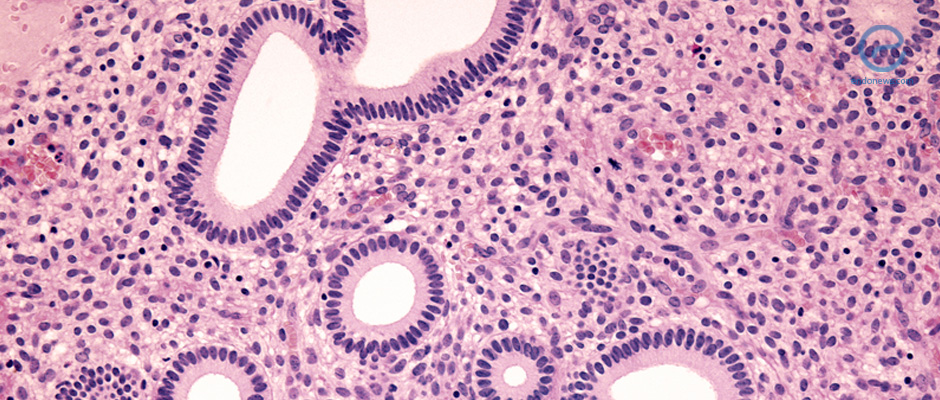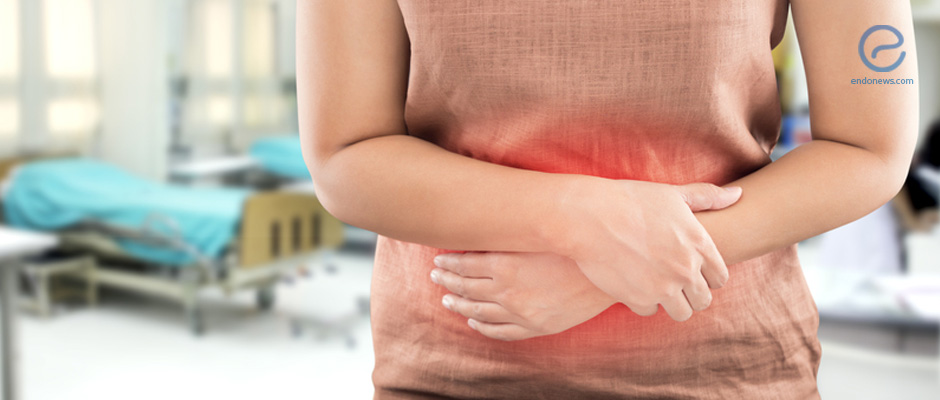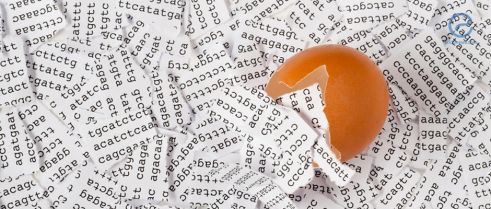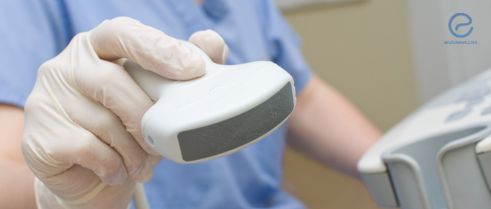CCL19/CCR7 Interaction can Casue Characteristic Cell Proliferation
The role of CCL19 and CCR7 in the proliferation, migration, and invasion of endometrial stromal cells (ESCs).
Key Points Lay Summary
Fetal Membranes Abnormalities in Pregnant Women with DIE
This French study analyzes and details the various aberrations that are found in the Fetal Membrane of Pregnant Women with Deep Infiltrating Endometriosis (DIE).
Key Points Lay Summary
Are there contributing factors to the co-presence of Irritable Bowel Syndrome and Endometriosis?
Irritable Bowel Syndrome and Endometriosis: A complex presentation of abdominal symptoms
Key Points Lay Summary
New Approach could help Preoperative Differentiation of Endometriosis and Cancer
New set of radiological parameters identified that could distinguish between ovarian cancer and benign ovarian endometriosis
Key Points Lay Summary
Single Nucleotide Polymorphisms Play a Role in Endometriosis Related Infertility
Researchers try to understand endometriosis related infertility by analyzing Single Nucleotide Polymorphisms (SNPs) in the GDF-9, AMH and AMHR2 gene.
Key Points Lay Summary
Exposure to organic pollutants and endometriosis
Association between organic pollutants in adipose tissue and deep infiltrating endometriosis
Key Points Lay Summary
With so many imaging tools and modalities, which one should be used for endometriosis?
Pre-Operative Imaging tools for the Treatment of Deeply Infiltrating Endometriosis
Key Points Lay Summary
Serum AMH Levels Play an Important Role In Fertility Preservation
Anti-Müllerian hormone (AMH) can be used as a biomarker to determine follicle density and subsequently ovarian reserve in a woman inflicted with endometriosis who wishes to pursue fertility preservation.
Key Points Lay Summary










